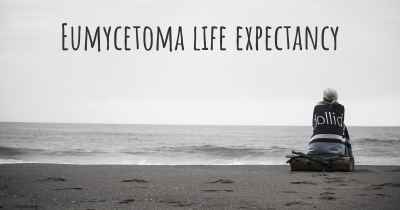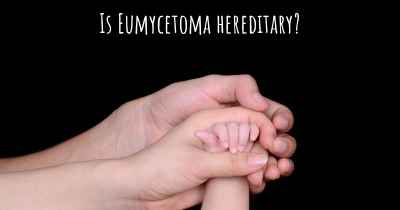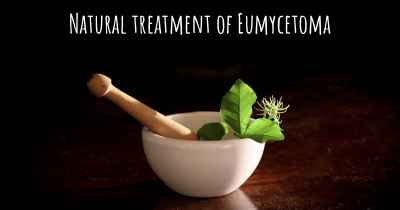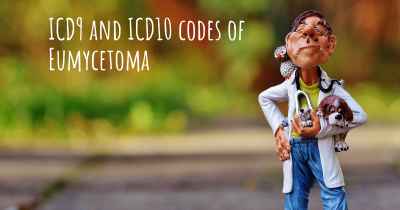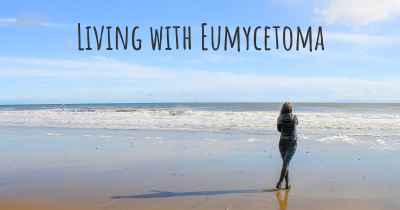Which are the symptoms of Eumycetoma?
See the worst symptoms of affected by Eumycetoma here
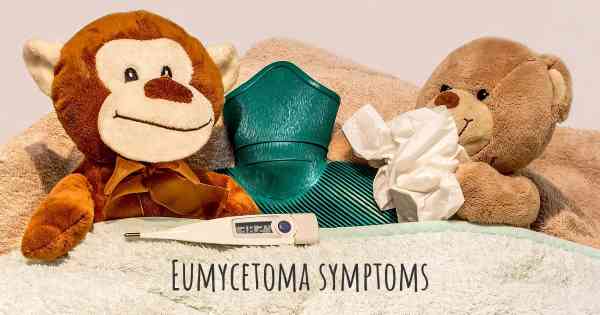
Eumycetoma is a chronic infectious disease that primarily affects the skin and underlying tissues. It is caused by certain fungi, commonly found in soil and plant material, entering the body through a cut or wound. The infection gradually develops over months or years, leading to the formation of a localized mass or swelling known as a mycetoma.
Symptoms of Eumycetoma:
1. Tumor-like swelling: The most prominent symptom of eumycetoma is the presence of a painless, slowly enlarging mass or swelling. This swelling typically develops in the foot, but it can also affect other parts of the body such as the hands, legs, or trunk. The mass may be firm or fluctuant, and it can vary in size.
2. Discharge: As the infection progresses, the mycetoma may start to produce a thick, grainy discharge. This discharge often contains small, colored grains known as "sulfur granules," which are actually aggregates of fungal colonies. The color of the grains can range from white to black, depending on the causative fungus.
3. Painless nodules: Alongside the swelling, small painless nodules may develop in the affected area. These nodules can be felt under the skin and are often a result of the fungal infection spreading to nearby tissues.
4. Sinus tracts: Over time, the mycetoma can lead to the formation of sinus tracts, which are narrow channels that connect the infected area to the skin surface. These tracts may appear as small openings or fistulas, allowing the discharge to drain out. Sinus tracts can be accompanied by scarring and fibrosis.
5. Bone involvement: In advanced cases, the fungal infection can extend to the underlying bones, causing bone destruction and deformities. This can lead to functional impairment and disability.
6. Secondary bacterial infections: Due to the chronic nature of eumycetoma, secondary bacterial infections can occur. These infections may cause additional symptoms such as increased pain, redness, warmth, and swelling in the affected area.
It is important to note that the symptoms of eumycetoma can vary depending on the causative fungus and the duration of the infection. Some individuals may experience mild symptoms, while others may develop severe complications.
If you suspect you have eumycetoma or notice any of the aforementioned symptoms, it is crucial to seek medical attention promptly. Early diagnosis and treatment can help prevent further damage and improve outcomes.
